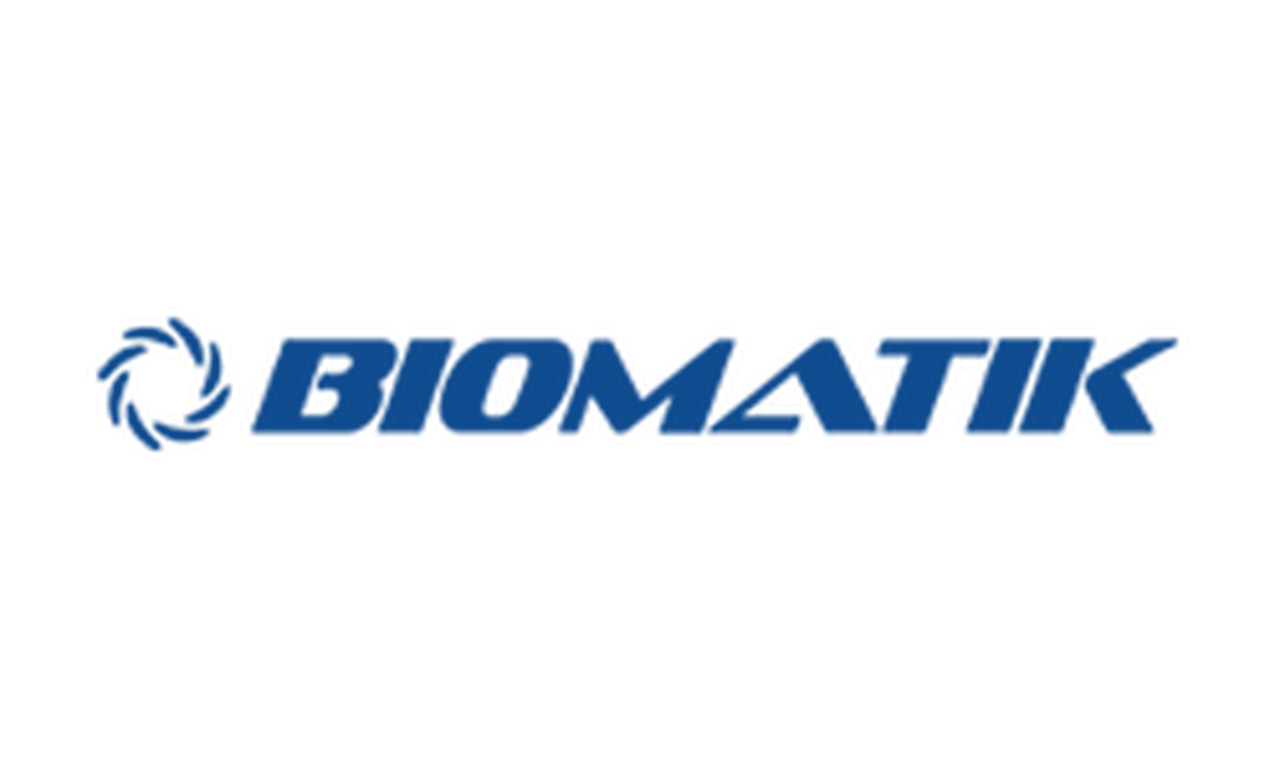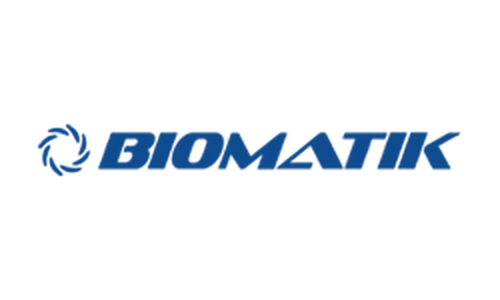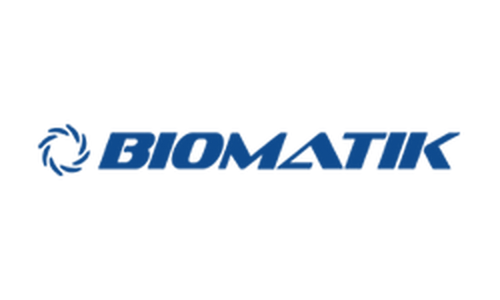Product Description
Recombinant Human Pro-neuregulin-1, membrane-bound isoform protein (NRG1), partial (Active) is available at Gentaur for Next week Delivery.
Gene Name: NRG1,GGF,HGL,HRGA,NDF,SMDF
Alternative Names : Pro-NRG1, ARIA, Breast cancer cell differentiation factor p45, Glial growth factor, Heregulin
Expression Region : 177-237aa
AA Sequence : SHLVKCAEKE KTFCVNGGEC FMVKDLSNPS RYLCKCPNEF TGDRCQNYVM ASFYKAEELY Q
Sequence Info : Partial of Isoform 12
Tag Info : Tag-Free
Theoretical MW : 7.0 kDa
Storage Buffer : Lyophilized from a 0.2 µm filtered PBS, pH 7.4
Endotoxin Level : Less than 1.0 EU/µg as determined by LAL method.-
Biological Activity : The ED50 as determined by a cell proliferation assay using serum free human MCF-7 cells is less than 50 ng/ml, corresponding to a specific activity of ? 2.0 × 104 IU/mg.
Storage : Short term: -20°C; Long term: -80°C. Minimize freeze and thaw cycles.
Research Area : Neuroscience
Restriction : For Research Use Only. Not for use in diagnostic procedures, drug use, or for administration to humans or animals.
Relevance : Direct ligand for ERBB3 and ERBB4 tyrosine kinase receptors. Concomitantly recruits ERBB1 and ERBB2 coreceptors, resulting in ligand-stimulated tyrosine phosphorylation and activation of the ERBB receptors. The multiple isoforms perform diverse functions such as inducing growth and differentiation of epithelial, glial, neuronal, and skeletal muscle cells; inducing expression of acetylcholine receptor in synaptic vesicles during the formation of the neuromuscular junction; stimulating lobuloalveolar budding and milk production in the mammary gland and inducing differentiation of mammary tumor cells; stimulating Schwann cell proliferation; implication in the development of the myocardium such as trabeculation of the developing heart. Isoform 10 may play a role in motor and sensory neuron development. {ECO:0000269|PubMed:1348215, ECO:0000269|PubMed:7902537}.
Function : Direct ligand for ERBB3 and ERBB4 tyrosine kinase receptors. Concomitantly recruits ERBB1 and ERBB2 coreceptors, resulting in ligand-stimulated tyrosine phosphorylation and activation of the ERBB receptors. The multiple isoforms perform diverse functions such as inducing growth and differentiation of epithelial, glial, neuronal, and skeletal muscle cells; inducing expression of acetylcholine receptor in synaptic vesicles during the formation of the neuromuscular junction; stimulating lobuloalveolar budding and milk production in the mammary gland and inducing differentiation of mammary tumor cells; stimulating Schwann cell proliferation; implication in the development of the myocardium such as trabeculation of the developing heart. Isoform 10 may play a role in motor and sensory neuron development. Binds to ERBB4
Involvement in disease : A chromosomal aberration involving NRG1 produces gamma-heregulin. Translocation t(8;11) with TENM4. The translocation fuses the 5'-end of TENM4 to NRG1 (isoform 8). The product of this translocation was first thought to be an alternatively spliced isoform. Gamma-heregulin is a soluble activating ligand for the ERBB2-ERBB3 receptor complex and acts as an autocrine growth factor in a specific breast cancer cell line (MDA-MB-175). Not detected in breast carcinoma samples, including ductal, lobular, medullary, and mucinous histological types, neither in other breast cancer cell lines.
Subcellular location : Pro-neuregulin-1, membrane-bound isoform: Cell membrane, Single-pass type I membrane protein, Note=Does not seem to be active, SUBCELLULAR LOCATION: Neuregulin-1: Secreted, SUBCELLULAR LOCATION: Isoform 8: Nucleus, Note=May be nuclear, SUBCELLULAR LOCATION: Isoform 9: Secreted, Note=Has a signal peptide, SUBCELLULAR LOCATION: Isoform 10: Membrane, Single-pass type I membrane protein
Protein Families : Neuregulin family
Tissue Specificity : Type I isoforms are the predominant forms expressed in the endocardium. Isoform alpha is expressed in breast, ovary, testis, prostate, heart, skeletal muscle, lung, placenta liver, kidney, salivary gland, small intestine and brain, but not in uterus, stomach, pancreas, and spleen. Isoform 3 is the predominant form in mesenchymal cells and in non-neuronal organs, whereas isoform 6 is the major neuronal form. Isoform 8 is expressed in spinal cord and brain. Isoform 9 is the major form in skeletal muscle cells; in the nervous system it is expressed in spinal cord and brain. Also detected in adult heart, placenta, lung, liver, kidney, and pancreas. Isoform 10 is expressed in nervous system: spinal cord motor neurons, dorsal root ganglion neurons, and brain. Predominant isoform expressed in sensory and motor neurons. Not detected in adult heart, placenta, lung, liver, skeletal muscle, kidney, and pancreas. Not expressed in fetal lung, liver and kidney. Type IV isoforms are brain-specific.
Paythway : ErbBsignalingpathway
Uniprot ID : Q02297
 Euro
Euro
 British Pound
British Pound
 US Dollar
US Dollar








